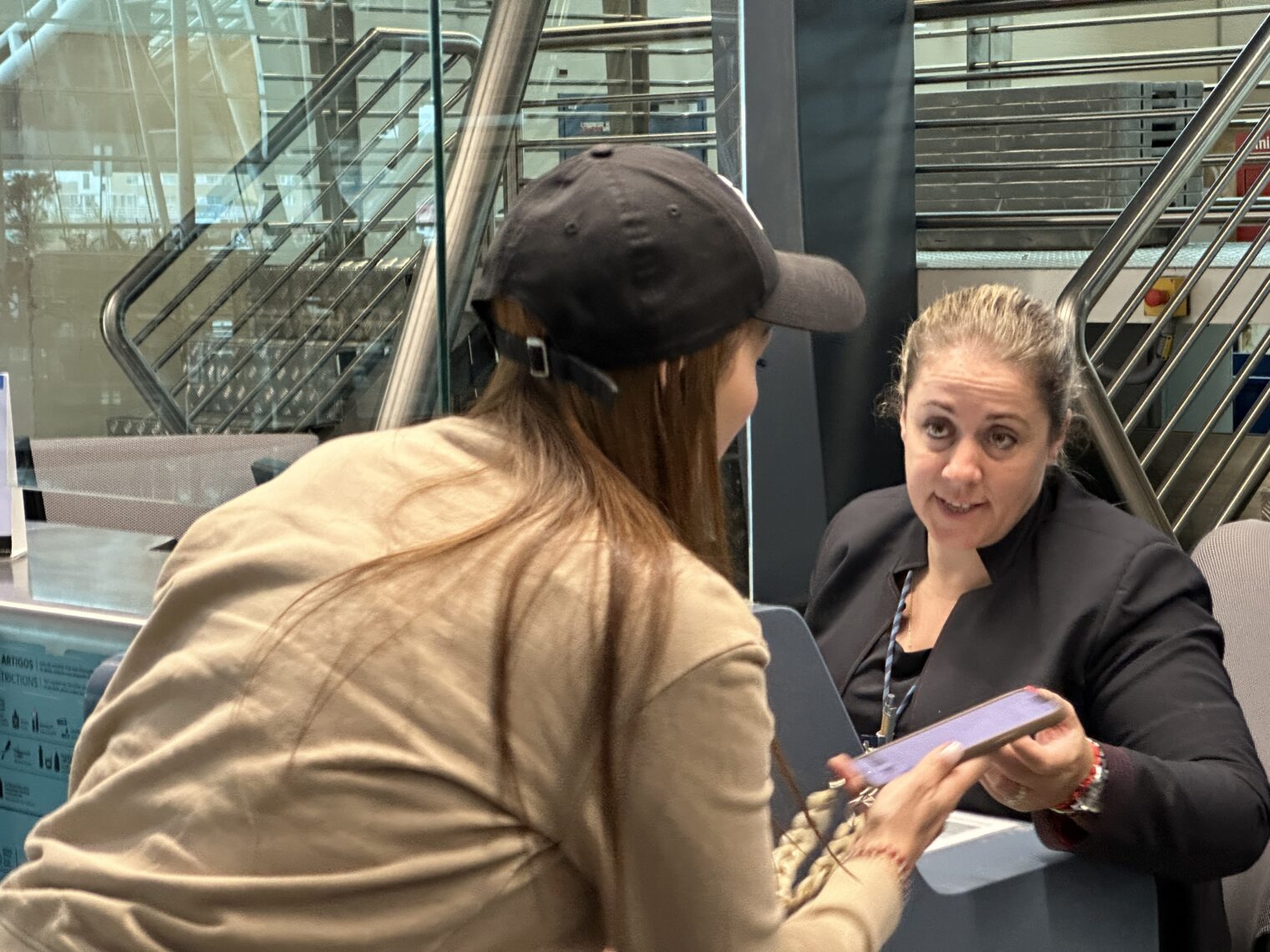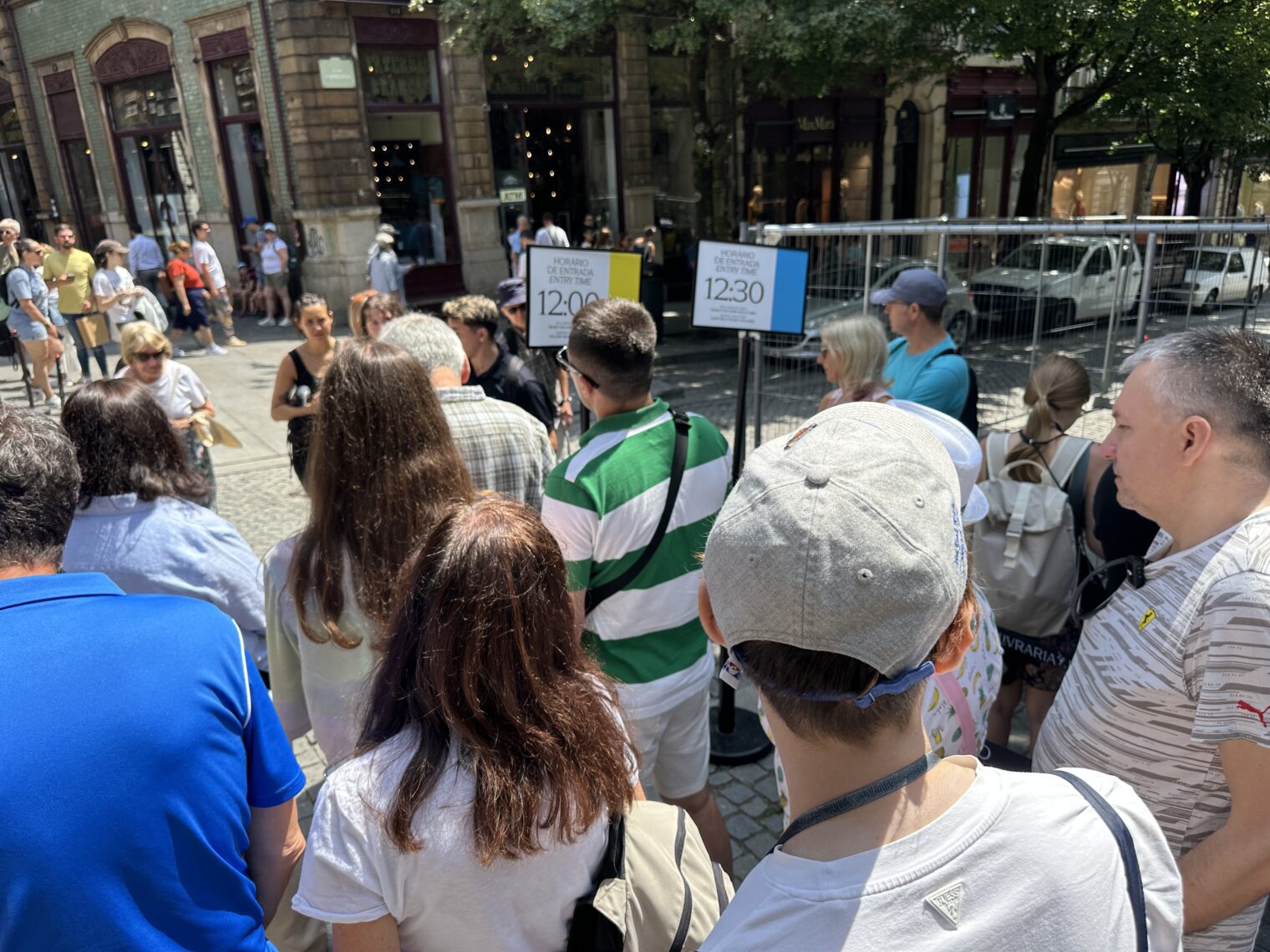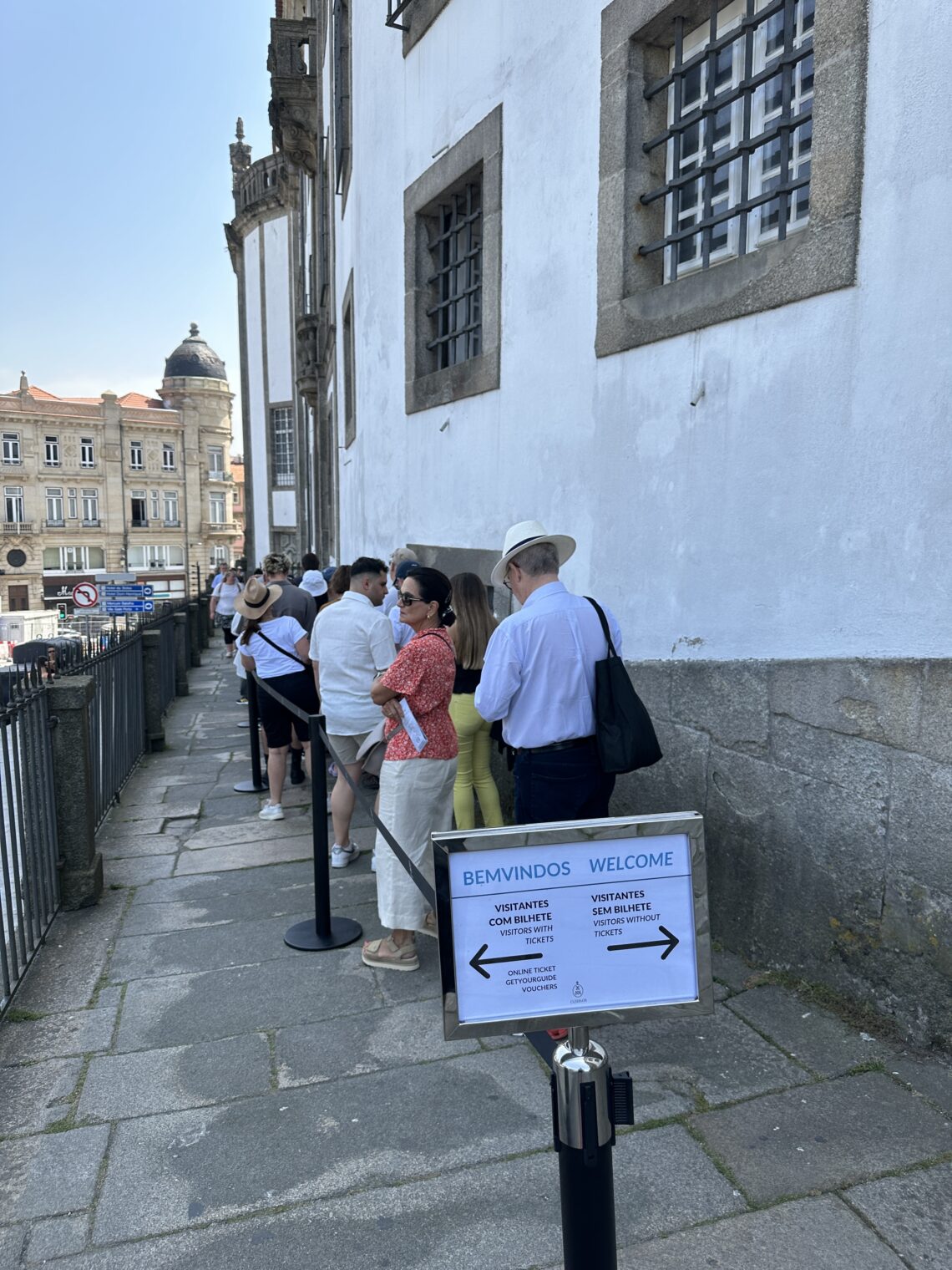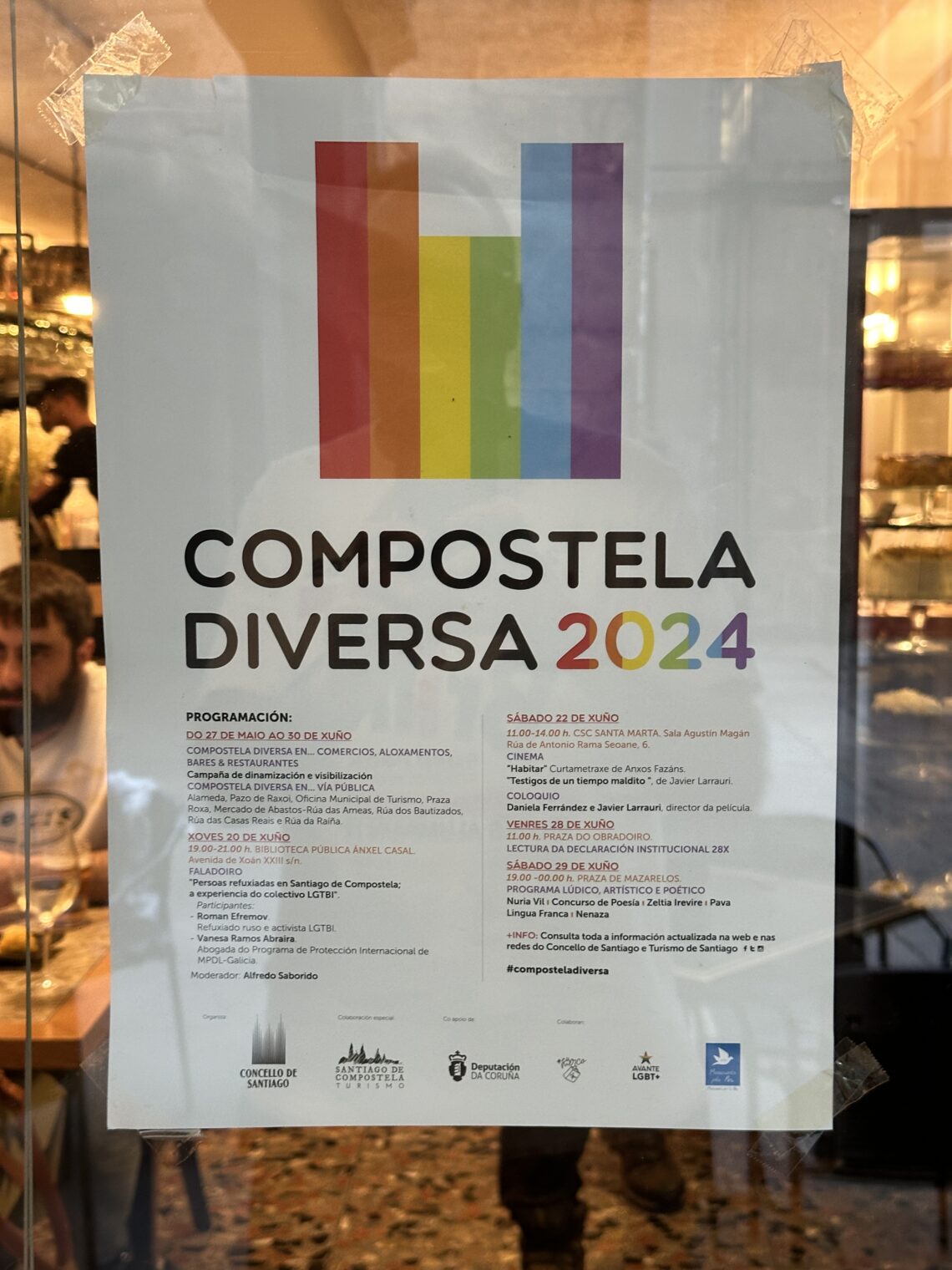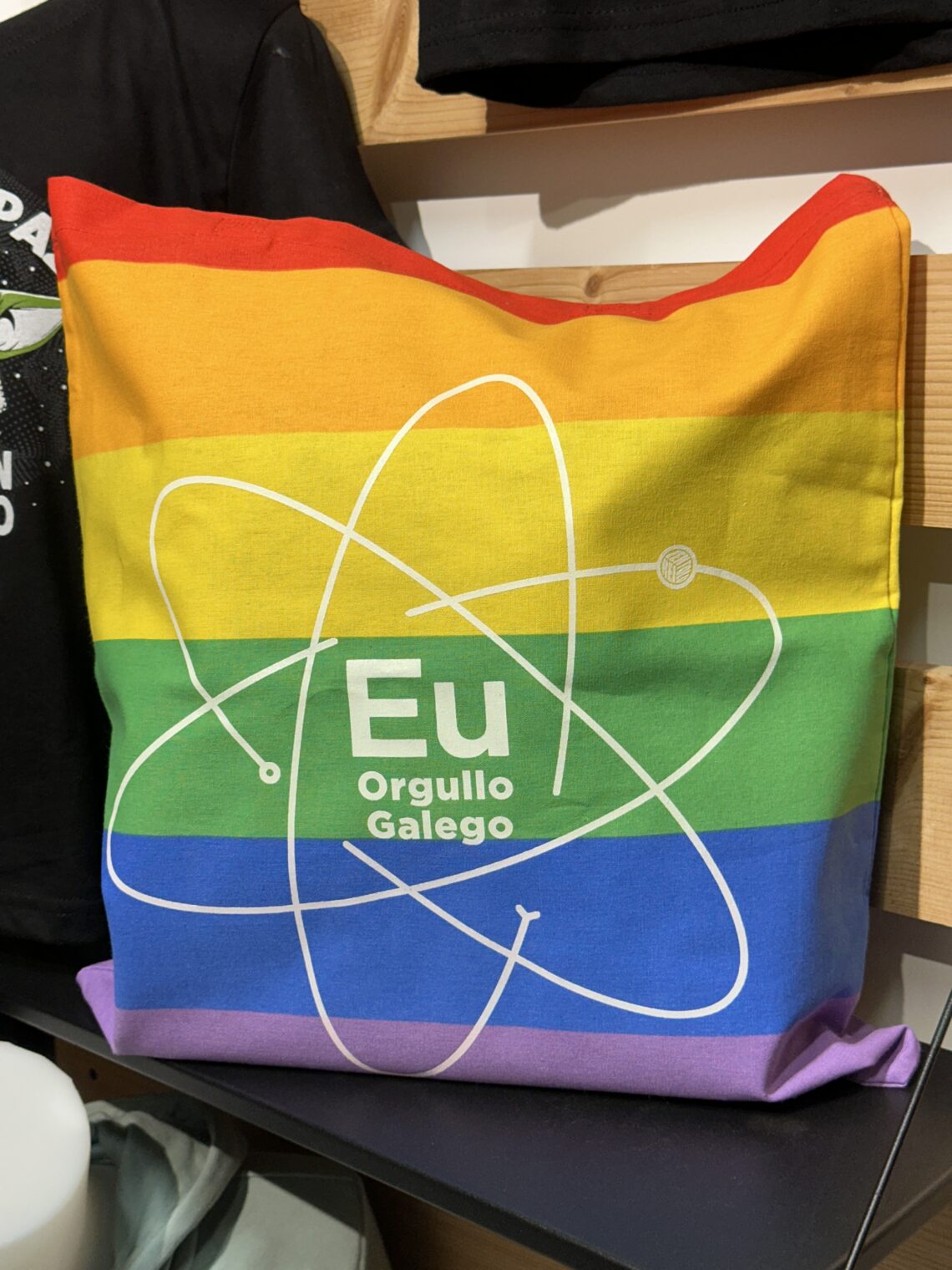How can a country have a right to bear arms and also an open border?
“5,000 Miles, 8 Countries: The Path to the U.S. Through One Family’s Eyes” (New York Times, July 8, 2024) gives readers some details on the process by which the U.S. is enriched culturally and economically:
Mr. Aguilar embodied that paradox. He set off for the United States with a turbulent past as a soldier, police officer and bodyguard in Venezuela, and after a prison stint that could derail his chances of securing asylum.
Using a mobile app that the Biden administration has relied on to curb illegal crossings, the family had secured a coveted appointment to enter the United States legally the next day — the first step for many migrants seeking asylum.
The undocumented turn out to have…. documents:
After entering so many countries illegally, the family’s final border crossing was to be entirely lawful. But that did little to ease their nerves as federal officers began to check their passports, take fingerprints and photographs, and swab their cheeks for DNA.
Here’s the core of the story for today’s question:
Mr. Aguilar was part of a SWAT-like unit that specialized in taking down organized crime when, as a 21-year-old police officer, he was arrested and charged in 2010 with abusing his authority.
Venezuelan prosecutors accused him of participating in an armed shakedown of someone who owed his friend money. The friend and Mr. Aguilar, said to be carrying another officer’s gun, were accused of holding several people at gunpoint and stealing money and bottles of whiskey. Mr. Aguilar was charged with aggravated robbery, extortion and embezzlement, according to the few court documents available online.
Mr. Aguilar says Venezuelan prosecutors distorted the charges and that he and his friend weren’t violent [other than holding people at gunpoint?]. In court documents, he portrayed himself as accompanying his friend for backup. He eventually served two years in prison, he said.
At the U.S. border, background checks did not appear to turn up Mr. Aguilar’s criminal past. The family was released on parole — a status that allows migrants without visas to live and work in the country as their asylum cases wind through the courts.
Mr. Aguilar’s first court appearance before an immigration judge is scheduled for April 2025. He doesn’t know how he intends to deal with his past: The government can bar asylum for people convicted of serious crimes, and Mr. Aguilar would have to disclose his record on his asylum application.
The U.S. doesn’t have electronic access to records of criminal convictions in countries around the world. Thus, there is no way for the U.S. to exclude convicted criminals from the open border/asylum system. The NYT describes a New American (“Bidenmerican”?) who probably shouldn’t be allowed to own a gun, having previously been convicted of a “gun crime”, and for whom there will be no practical obstacle to legal gun ownership (except maybe the US immigration bureaucrats will read the New York Times and learn about Mr. Aguilar’s colorful past?).
That’s the big question for today, especially for the gun nut readers (you know who you are!). How can the Second Amendment survive the importation of over 100 million who’ve been selected for nothing other than a willingness to walk over the southern border (59 million arrived between 1965 and 2015 (Pew))? Reasonable people won’t want immigrants with criminal backgrounds owning guns. Democrats, at least, won’t want immigrants treated differently than native-born Americans. Why wouldn’t a majority of Americans come to agree that, therefore, no private citizen should be allowed to own a gun?
The article has some other interesting items:
Mr. Aguilar left Venezuela about six years ago, part of a flight of more than seven million people who have escaped a once-wealthy country where the economy collapsed and crime skyrocketed under President Nicolás Maduro.
Three years later, Mr. Aguilar found himself in Chile, where he sparked a romance with Ms. Ortega, who is also Venezuelan, and they blended their families. Ms. Ortega left behind a 13-year-old daughter in Ecuador because she was too sick to travel.
Both of the adults whom Joe Biden invited in have a history of splitting up with their co-parents. I wonder if Ms. Ortega’s former co-parent would have predicted this continuation of Venezuela’s rich baseball tradition…
But the parents were still stressing about their future, and their relationship continued to fray. One night in mid-April, Ms. Ortega grabbed a baseball bat and swung at Mr. Aguilar, hitting his hands. She said it happened in the heat of the moment. Mr. Aguilar was not injured and did not hit back.
She was arrested on a misdemeanor charge of disorderly conduct, and a protective order was issued to keep Ms. Ortega away from Mr. Aguilar. He lost his carpentry job, and the family was forced from the [free nonprofit-provided] house. Mr. Aguilar was placed in a shelter for domestic violence victims with his children, Samuel and Hayli; Ms. Ortega was set up elsewhere with Josué, her son.
Now the U.S. taxpayer was supporting two households.
In early March, the family received more welcome news: Ms. Ortega was pregnant.
In 18 years, therefore, both parents will be entitled to green cards and, eventually, citizenship. (Today’s anchor baby, on turning 18, has the right to obtain permanent residence for his/her/zir/their parents.)
Related…






